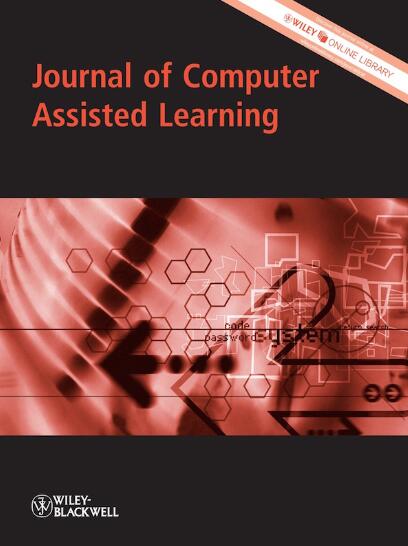Enhancing experiential science learning with virtual labs: A narrative account of merits, challenges, and implementation strategies
Abstract
Background
The adoption of virtual laboratories (VLs) has experienced a significant surge, catalysed by the global changes in the educational landscape, notably influenced by the COVID-19 pandemic. Originally supplementary to traditional in-person laboratory experiments, VLs swiftly transitioned into a primary source of hands-on laboratory activities for educational institutions worldwide during the pandemic. As restrictions have eased, virtual, computer-assisted learning platforms continue to be used, though now as a complement to, rather than a substitute for, hands-on experimentation opportunities. However, their adoption presents both opportunities and challenges that require thorough investigation to maximize their effectiveness and equity.
Objectives
This paper aims to provide a comprehensive overview of VL resources utilized across various scientific disciplines. It evaluates their potential to enhance traditional hands-on laboratory activities and examines the efficacy of computer-assisted learning platforms from a constructivist learning perspective. By doing so, the study seeks to identify best practices, challenges, and strategies for the effective integration of VLs in science education.
Methods
A content analysis was conducted on literature published from 2013 to 2023, focusing on VLs in educational settings. Thematic analysis was employed to categorize the findings into three primary pillars: Merits, Challenges, and Implementation Strategies. Multiple researchers participated in the analysis to ensure reliability and consistency. To further enhance reliability, regular cross-checks and consensus meetings were held to resolve any discrepancies and maintain the integrity of the thematic categorization. A constructivist learning perspective was used to analyse the instructional implications, focusing on active learning to evaluate alignment with educational goals, adapted teaching methods, and assessments.
Results and Conclusions
The analysis revealed that VLs offer significant benefits, including enhanced accessibility, flexibility, and opportunities for active learning. Virtual labs provide scalable, safe opportunities for inquiry-based science learning by replicating experiments in an accessible digital environment, enhancing understanding of scientific concepts based on research demonstrations of improved learning outcomes. However, challenges such as high initial setup costs, technological barriers, and the need for effective integration with traditional curricula were also identified. Despite these challenges, VLs have the potential to complement and enhance hands-on laboratory experiences, provided they are implemented thoughtfully and equitably. Future research should focus on improving the efficacy, accessibility, collaboration among stakeholders, and economic feasibility of VLs to maximize their educational impact.

 求助内容:
求助内容: 应助结果提醒方式:
应助结果提醒方式:


